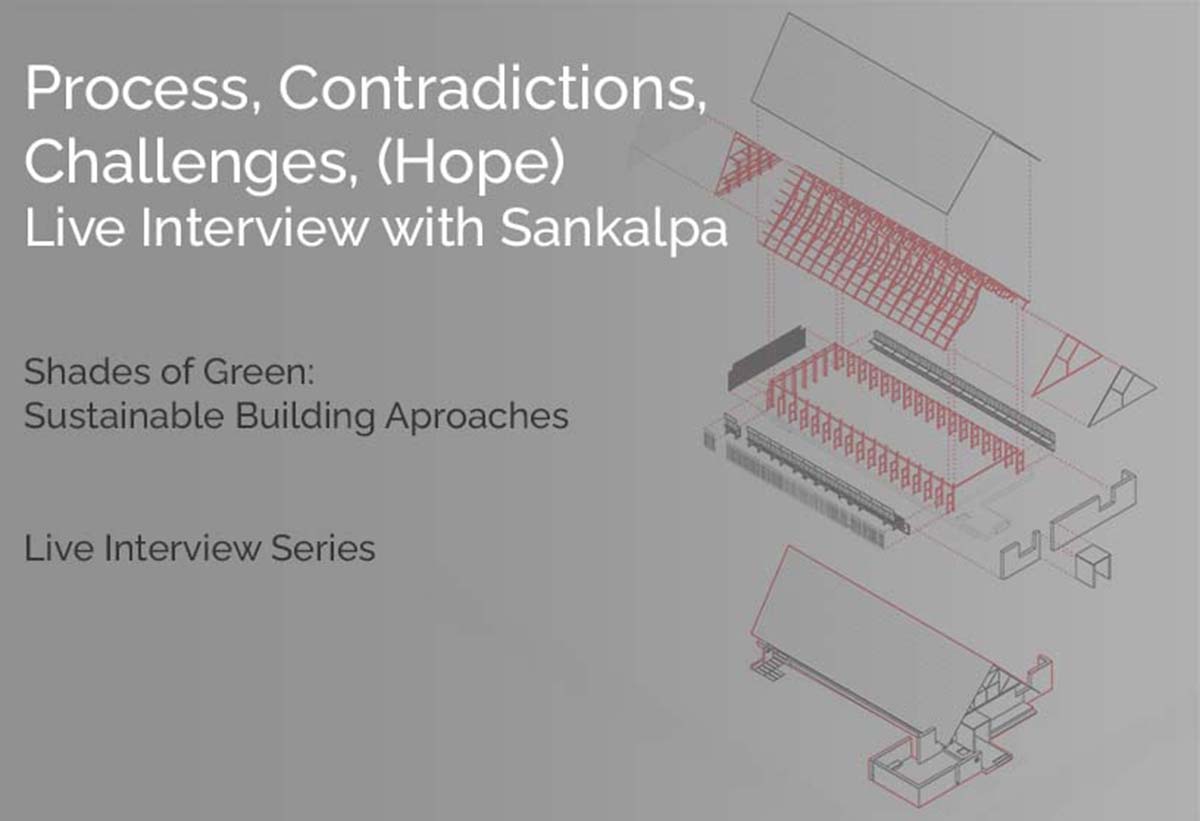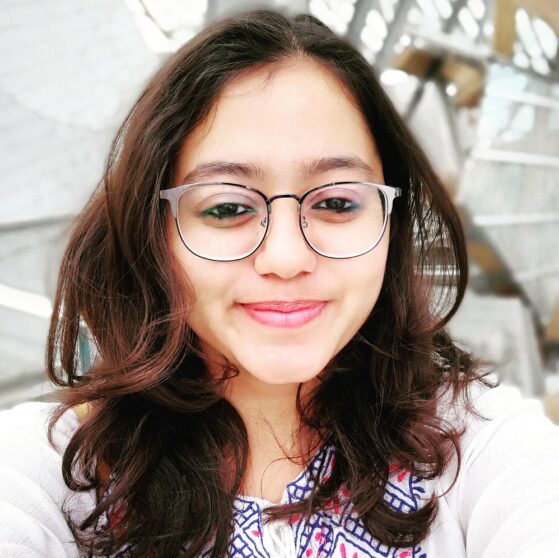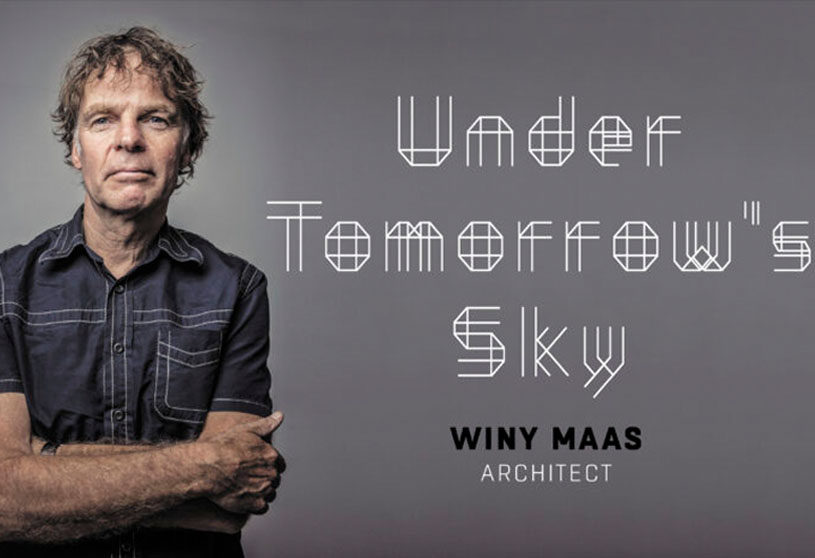Sankalpa is an architect and urban designer with over ten years of experience at the UG FA Program at CEPT. He has been developing pedagogy that is bodily involved; modelling techniques that can be experienced and verified. Research and development on ‘bamboo as a building material’ is his current area of interest. He co-established ‘Thumb impressions Collaborative’ that expanded into TiC furniture, TiC Execution & Detailing and TiC Design.Thumbimpressions, has a team of architects, engineers, and artisans who have been developing projects and researching sustainable material and putting it into practice.

(at 0:7:33 | Diagram explaining the zone of willingness of a client to engage in the issues of the environment)
The onset of the conversation takes place as Sankalpa explains a diagram that represents the willingness of a client to be in deep engagement with environmental issues. As he goes about explaining this act of negotiation between what is an image to the client and a place of deep consciousness that stems from our actions towards the environment, he explains the idea of green, and how it is different according to the present, and setting a standard for the future as well.

(at 0:12:54 | Diagram explaining the relation between challenges and contradiction)
Diving deeper about his practice, we get to know how his process values the construction process, materials, and artisans. Relating these values to the contradictions in the project that come from a synthesis of the process and the conditions of the site, the feasibility of the project, and the aspiration of the clients. In working with these processes he explains the multiple challenges that come about.
“One of the concerns for us has been how to simultaneously think of space and structure together. How do we articulate the space in a way that the structure gets revealed?”

Work at Thumbimpression ranges from Pavilions experimenting to the properties of the material, small residences to urban design, and collaborating with other architects on detailing the design. From the furniture to the community works, his work focuses on understanding the material and exploring its properties to its stretches.


He goes on further to talk about the reality of the practice of architecture and point out how the current ecosystem within the industry is filled with research and products of mainstream materials like concrete, whereas sustainable materials like bamboo are still an alternative approach. To bridge the gap between being an alternative construction system and mainstream, Thumpimpressions has been experimenting and researching on different scales about how to create a better product that caters to the mainstream market. In making sustainable materials mainstream, going to the masses is key to bringing change to the built environment as that is the way to ensure being green as an industry.
“The goal is to reach an informed and balanced level between standardization and customization, wherein making a product for the market, you deal with the challenges of sustained supply of natural material and include the artisans, medium and small scale enterprises”
Through traveling between the realms of detailing, artisans, and material, in the construction industry, he talks about his continuous efforts towards creating an ecosystem for the firm for architecture to flourish.
In his conversation with Ayaz, he also gives us an interesting peek into the working of Thumbimpressions as a firm, where Milind, Manu, Nikhil, and himself are partners. The firm has three teams, the design team, the detailing and expression team, and the furniture team, where they have a small number of artisans on board and work with other artisans as the project demands.
“I think the architects and engineers have to come together, because that’s the only way ahead, and if artisans come together in the team, that’s the best.”
He also talks about his perspective towards architecture, and how his projects focus on making the project. Detailing and articulating the flow of forces in the section brings fulfillment to him, which is why the firm has done many detailing projects for other architects.
“Architecture is always perceived as grandeur, and it is never perceived as a built environment in the course of our education, in result now we have to explain to them through construction and making processes.”
Sankalpa brings his way of practice into the way he teaches in academics too. He points out where the current education system is lacking.
“It is through construction that you look at materials…only when a student has the courage to make will he/she feel confident on-site….in academics, we are training students to have an equal relationship of knowledge with the artisans.”
Towards the end, we get a glimpse of his academic journey in construction, where he talks about breaking the notion of material centric ways of thinking and having a more open approach where the material is observed by its properties. Emphasizing on the conscious actions that he and Ayaz had taken in the curriculum at CEPT, where making was an important component.
“By Looking at the world independent from its materials, to begin with, materials can be looked at from the perspective of properties, in doing this you free them that the very knowledge thing they are tied to”
In negotiating between the contradictions and the process, we get an interesting perspective on sustainability from Sankalpa’s work and hope towards a better built environment through overcoming the challenges.
-By Prutha Barot




